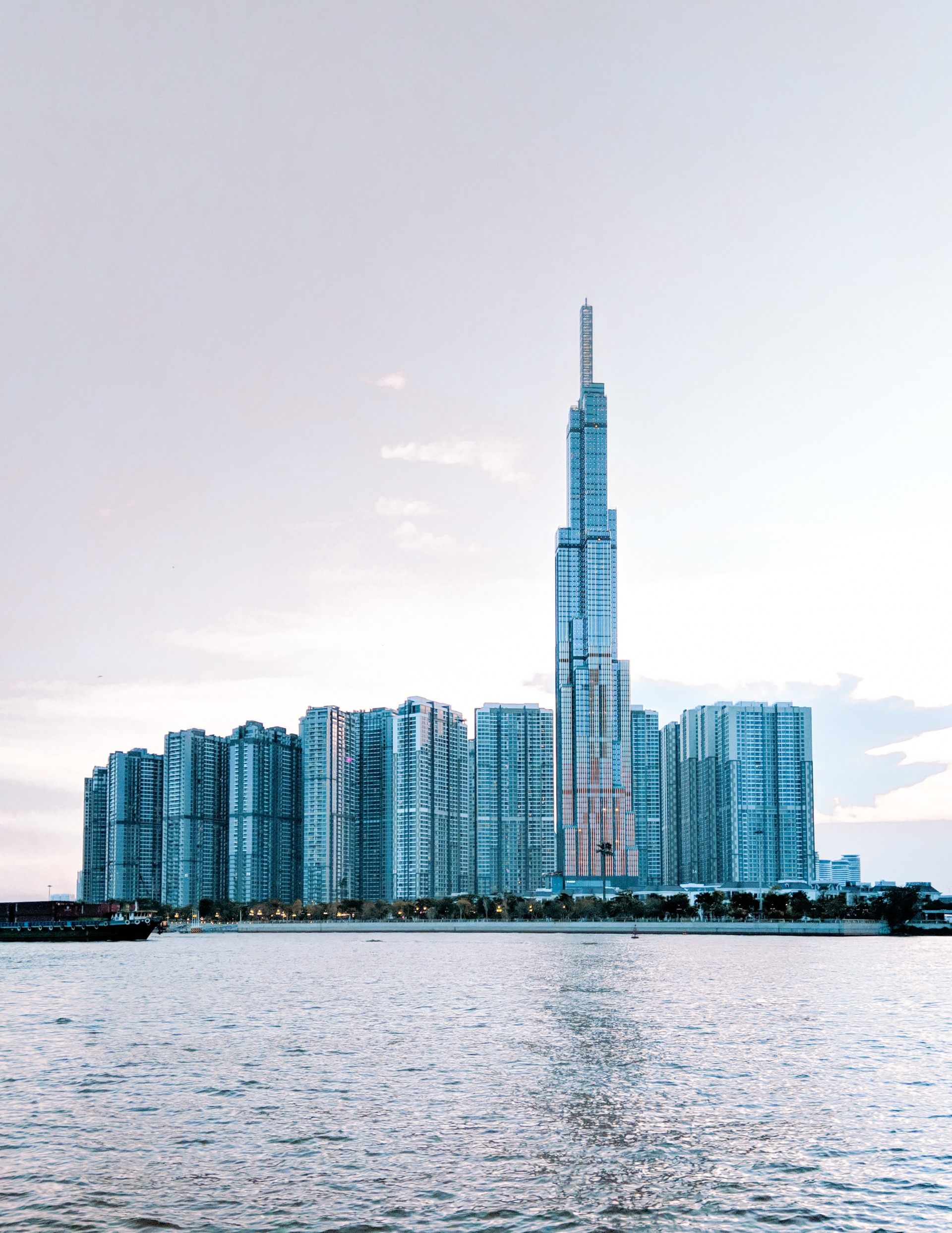Vinhomes proposes handover of riverside road to Ho Chi Minh City
 |
In a recent formal communication sent to Ho Chi Minh City People’s Committee and other associated entities on September 16, Vinhomes expressed its intent to initiate proceedings to transfer management of the aforementioned routes.
These routes, D1-D19, have until now functioned as internal roads within the Vinhomes Central Park estate, running parallel to the Saigon River through the heart of the city.
Adjacent to this segment is another riverside route, which belongs to a separate project known as Saigon Pearl. Notably, a wall currently divides these two prestigious projects, hindering the seamless integration of the riverside path.
Vinhomes clarified that this decision to transfer the roads to the city administration aligns with their duties as the project's investor.
It also adheres to a decision made by the city's authorities eight years prior, approving the roll-out of the Vinhomes Central Park project, formerly known as the Tan Cang Saigon (Saigon New Port) complex.
Back in 2015 when the project was launched, the city had entrusted Vinhomes with responsibilities, which included the construction of roads, green parks, floral gardens, completion documentation, and maintenance until such responsibilities could be transferred to the relevant governmental department.
Earlier, the city's administration had mandated departmental reviews, supplying pertinent documentation and legal frameworks for the area in question, aiming for an integrated transportation system along the Saigon River.
Based on the land-use legalities of both the Vinhomes and Saigon Pearl residential zones and related regulations, the developer, upon finalising the transportation infrastructure, must hand over the riverside road to local authorities, according to Ho Chi Minh City Department of Natural Resources and Environment.
 | Bond mobilisation needed for Ho Chi Minh City infrastructure To realise its ambition of becoming Southeast Asia and Asia’s leading hub in multiple sectors, Ho Chi Minh City must bolster its infrastructure. With the city’s budget only covering 30-40 per cent of infrastructure costs, amidst an economic slump, there is an urgent need to devise strategies to entice international financing, potentially through bonds. A future financial centre could also be instrumental in this endeavour. |
What the stars mean:
★ Poor ★ ★ Promising ★★★ Good ★★★★ Very good ★★★★★ Exceptional
Related Contents
Latest News
More News
- Rare, beautiful, sustainable: the mark of iconic real estate (December 19, 2025 | 08:00)
- Owner-occupied housing stabilises, paving the way for new growth cycle (December 18, 2025 | 17:04)
- Unlocking urban potential of smart cities (December 18, 2025 | 16:50)
- Green finance offers 'passport' for Vietnamese construction, building materials firms (December 15, 2025 | 08:00)
- Gamuda Land commit long-term investment (December 12, 2025 | 11:49)
- HITC ties up with Evolution to develop AI and hyperscale data centres in Vietnam (December 11, 2025 | 12:09)
- Real estate deals boom via high-profile names (December 08, 2025 | 11:32)
- Industrial segment shaped by M&As (December 08, 2025 | 08:00)
- The Privé sets the benchmark for luxury real estate (December 05, 2025 | 08:28)
- TD CASA and the rise of bespoke interior design in luxury living spaces (December 03, 2025 | 14:14)

 Tag:
Tag:




















 Mobile Version
Mobile Version